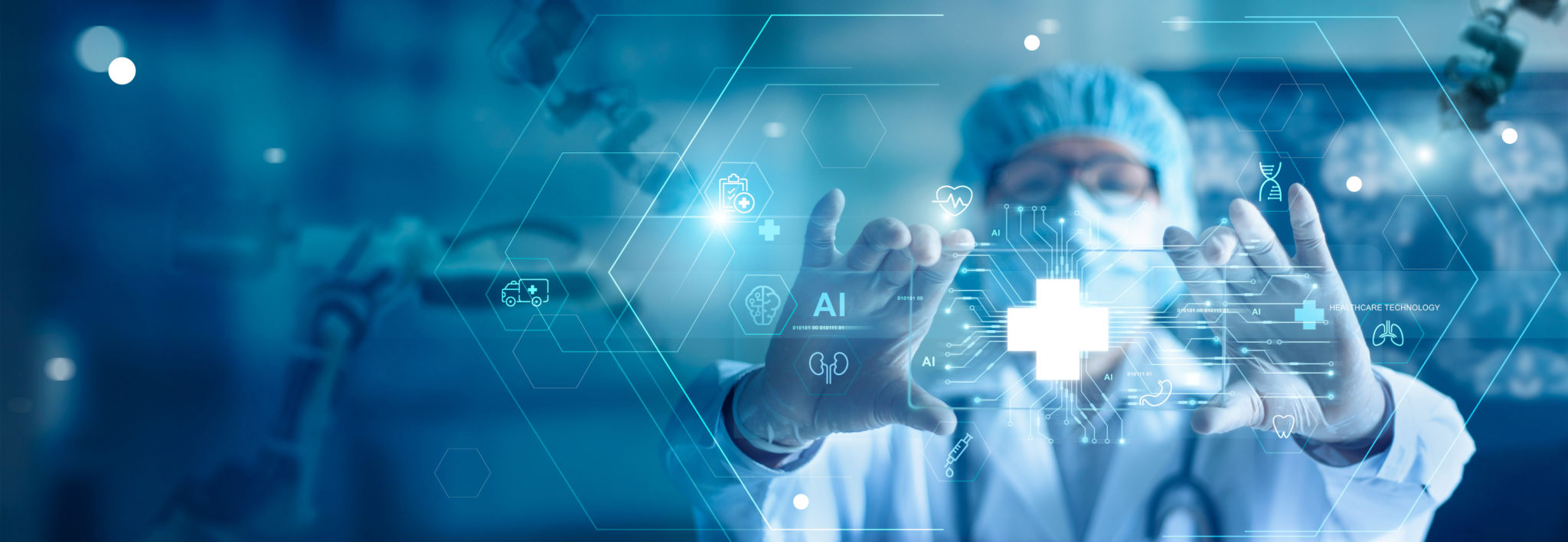Expert Insights: The Future of Lab Equipment in Southeast Asia
Introduction to Lab Equipment Trends
The landscape of lab equipment in Southeast Asia is undergoing a significant transformation. As the region continues to develop economically and technologically, there's a growing demand for advanced and efficient laboratory tools. This shift is largely driven by the expanding fields of biotechnology, pharmaceuticals, and environmental science. Understanding these trends is crucial for stakeholders looking to invest or expand their presence in this vibrant market.
Southeast Asia is home to a diverse range of industries that rely heavily on laboratory equipment. From agriculture to healthcare, the need for precise and reliable lab tools is more pronounced than ever. As such, businesses are focusing on innovation and sustainability to meet the evolving demands.

Technological Advancements in Lab Equipment
The integration of cutting-edge technology in lab equipment is a major trend shaping the future of this industry in Southeast Asia. With the advent of automation and artificial intelligence, laboratories can now achieve unprecedented levels of accuracy and efficiency. Automated systems not only reduce human error but also enhance the speed of data processing, which is crucial for research and development.
Furthermore, the incorporation of IoT (Internet of Things) in lab equipment allows for real-time monitoring and data collection. This connectivity not only improves the precision of experiments but also facilitates better collaboration among scientists across different regions. As a result, laboratories are becoming more interconnected and data-driven.
Emphasis on Sustainability
Another pivotal trend is the growing emphasis on sustainability within the lab equipment sector. As environmental concerns take center stage globally, Southeast Asian countries are following suit by adopting eco-friendly practices. Manufacturers are now focusing on producing energy-efficient equipment that minimizes waste and reduces carbon footprint.
Sustainable lab equipment is not just beneficial for the environment; it also offers economic advantages. By reducing energy consumption and operating costs, laboratories can achieve greater financial efficiency. This shift towards sustainability is supported by government initiatives promoting green technology in many Southeast Asian nations.

Market Growth and Opportunities
The lab equipment market in Southeast Asia is poised for significant growth in the coming years. According to industry reports, the market is expected to grow at a compound annual growth rate (CAGR) of over 6% by 2027. This growth is driven by increased investment in research and development, particularly in the life sciences sector.
Countries like Singapore, Malaysia, and Thailand are leading this growth due to their robust infrastructure and supportive government policies. These nations are investing heavily in building state-of-the-art research facilities that require advanced lab equipment. Consequently, there are ample opportunities for businesses to tap into this burgeoning market.
Challenges Facing the Industry
Despite the promising outlook, the lab equipment industry in Southeast Asia faces several challenges. One of the primary issues is the high cost of advanced equipment, which can be prohibitive for smaller labs or startups. Additionally, there is a need for skilled personnel who can operate these sophisticated tools effectively.
To address these challenges, companies are focusing on providing training programs and support services to enhance user competency. Partnerships between educational institutions and industry players are also crucial in developing a skilled workforce capable of driving innovation in this field.

The Road Ahead
The future of lab equipment in Southeast Asia looks promising with numerous opportunities for growth and innovation. As technology continues to evolve, laboratories will become more efficient, sustainable, and interconnected. Businesses that embrace these changes will be well-positioned to succeed in this dynamic market.
For stakeholders looking to invest or expand their operations in Southeast Asia's lab equipment sector, staying abreast of these trends is essential. By understanding the regional dynamics and leveraging technological advancements, companies can capitalize on the exciting possibilities that lie ahead.